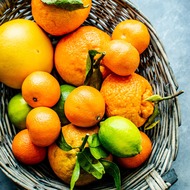Human Reproduction- There's More to It, 9-12 Lesson 2
(View Complete Item Description)This second lesson enables students to apply what they know about human reproduction via PIV sex (Lesson 1 of this series) to other means of reproduction. They will not only learn the steps in how insemination and IVF work to create a pregnancy, but they will also learn that people other than parents can provide the genetic material (eggs, sperm, and embryos) and give birth to a child for someone else (surrogates). Students will be working in small groups to help one another understand the concepts and to practice using the inclusive language that the educator modeled in the first lesson.
Material Type: Lesson




















